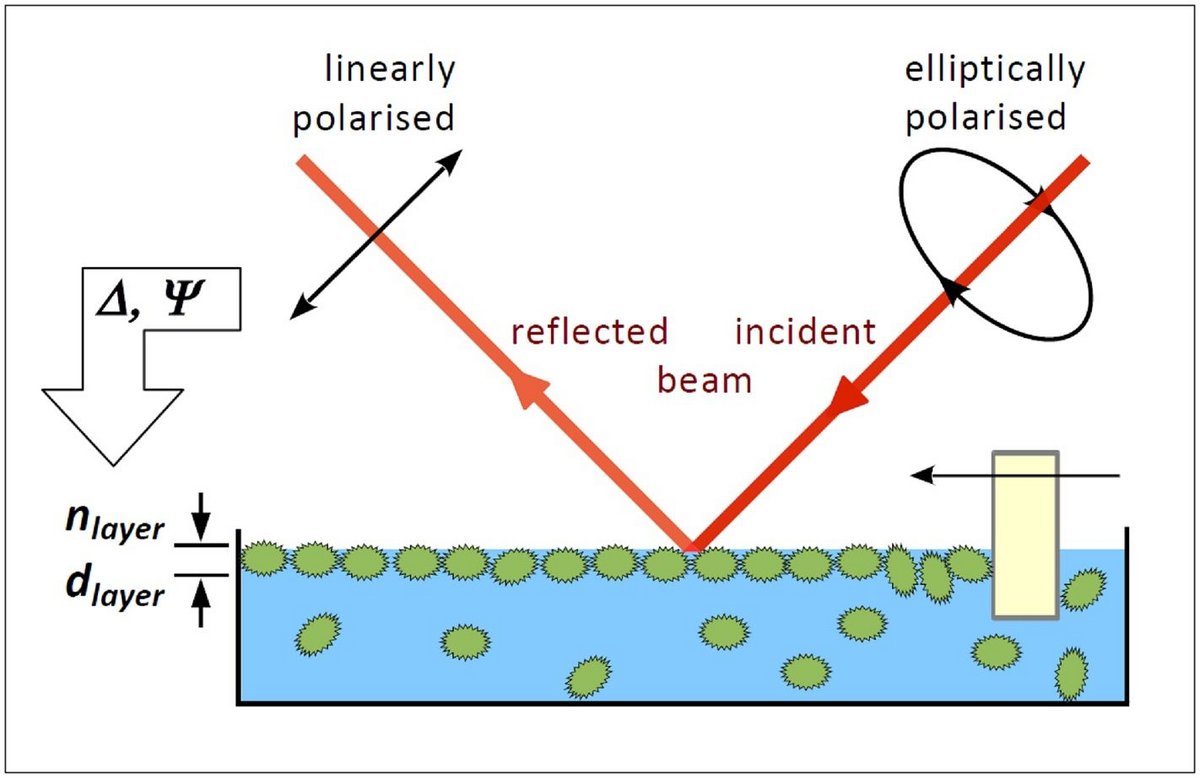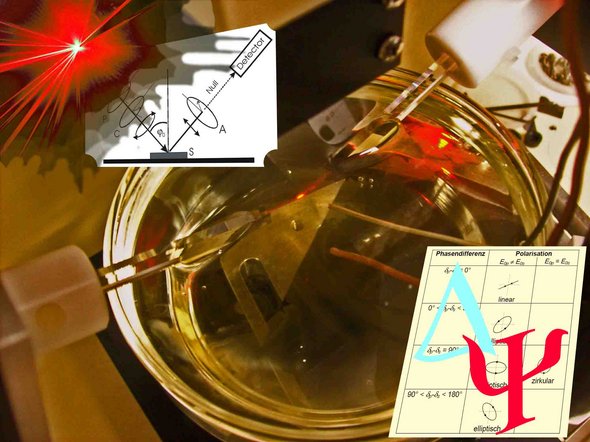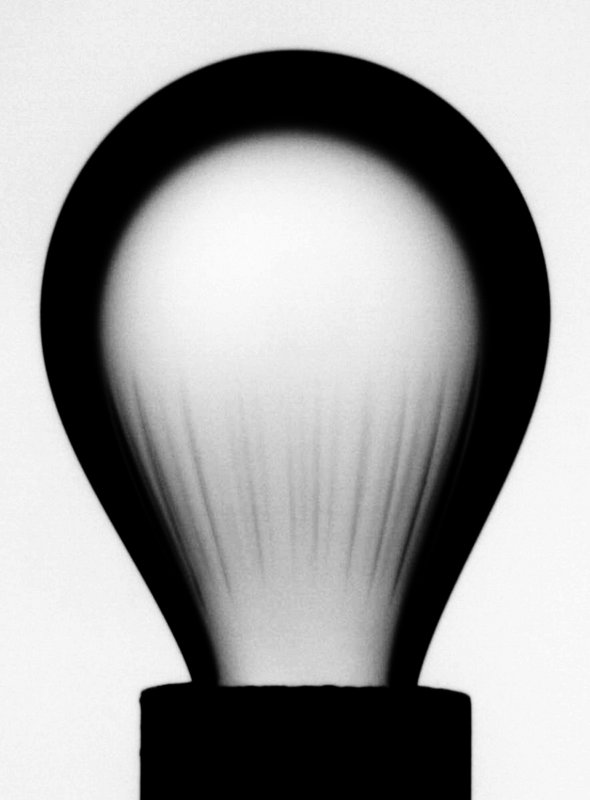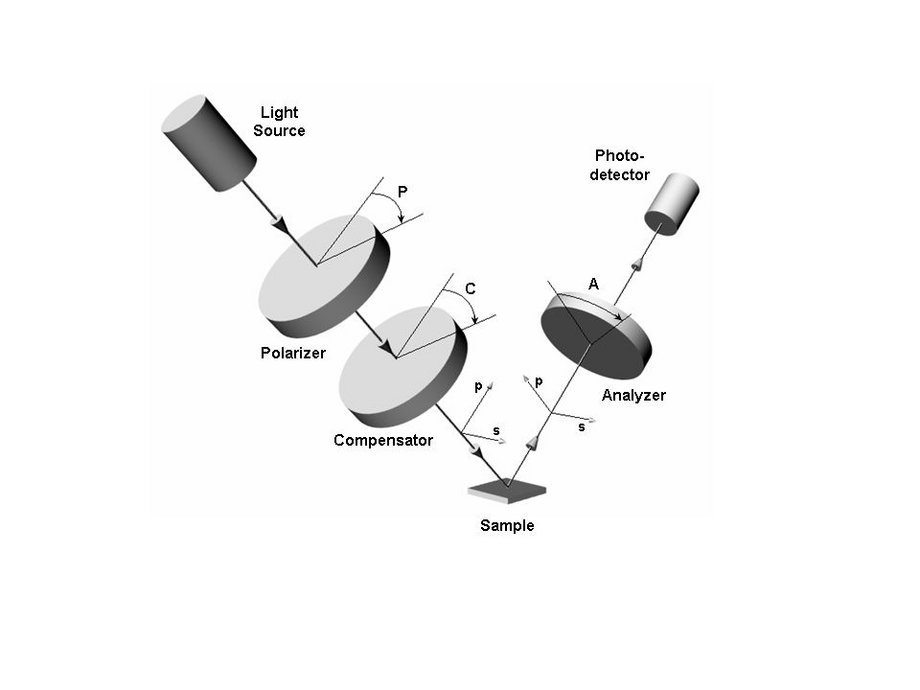By using ellipsometry, a method used in materials research and interfacial physics, it is possible to measure the thickness of very thin layers down to the sub-nanometre range. Fluid interfaces (e.g. water-air or oil-water) present a particular challenge. Our group is investigating the adsorption behaviour of lipases at such interfaces using ellipsometry and tensiometry. The aim is to give detailed information about the adsorption kinetics and the surface excess. By optimizing the ellipsometer, detailed information on the molecular orientation of lipases at the interfaces are possible.

A successful use of lipases as surface-active catalyst systems for the hydrolysis of native oils requires a fundamental understanding of the phenomena taking place at the phase boundaries. The competitive behaviour of the cleavage products (fatty acids, partial glycerides) produced by the lipase itself is of extraordinary importance for the conversion. As surface-active substances, these can drastically influence the course of the reaction and in some cases even bring it to a standstill. Research work within the scope of this project provides an important contribution to deepening our understanding of these processes.
The dynamic processes at the oil/water interface are studied by means of ellipsometry and tensiometry (Pendant Drop and Wilhelmy method).


For very thin layers, the parameter ψ in conventional ellipsometry is very insensitive to small changes in the layer thickness, or the refractive index of the layer, which limits the accuracy of the subsequent data analysis. This is especially the case for very thin layer systems with low refractive index contrast.
The aim of the project is to modify the Null ellipsometry in such a way that it can be adapted specifically to the respective layer system to be measured without much effort. This leads to an increased sensitivity of the parameter ψ, an optimisation of the Null-finding process and thus to an overall increase in measurement accuracy. The aim is to optimise the method for future planned measurements on biochemically relevant layer systems. The modified form of ellipsometry could thus establish itself as an important tool for such layer systems, where conventional methods are in principle highly error-prone.

